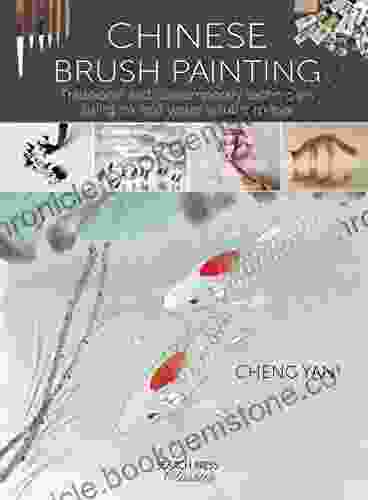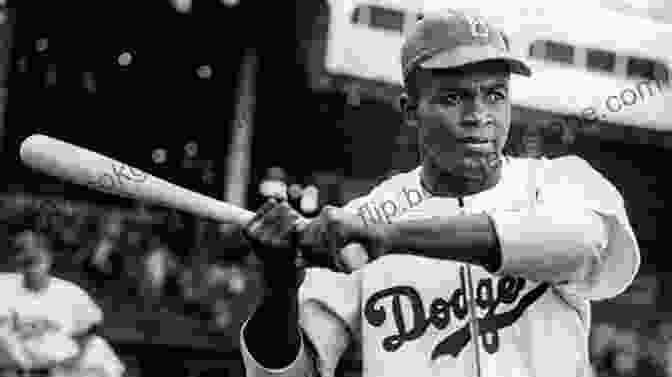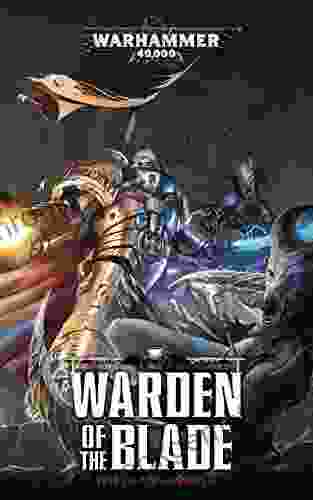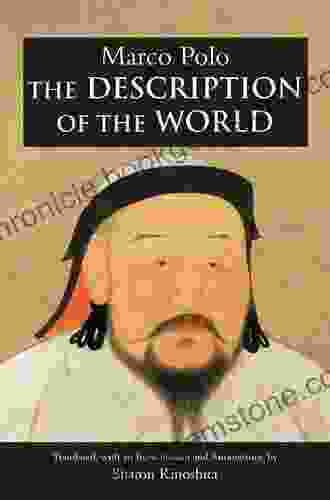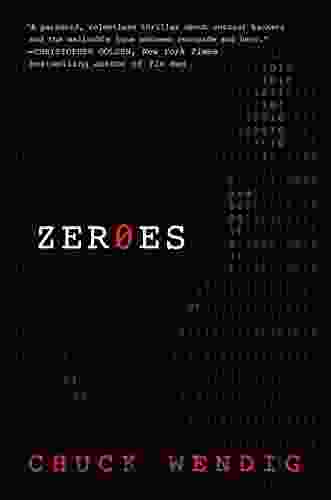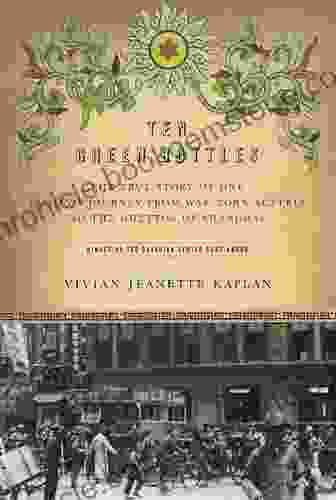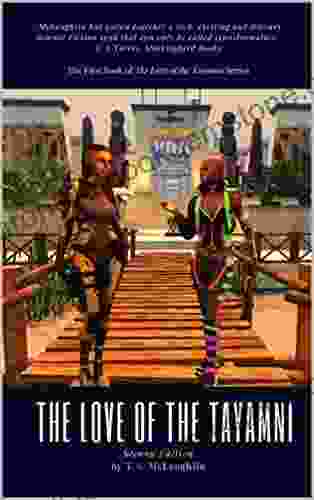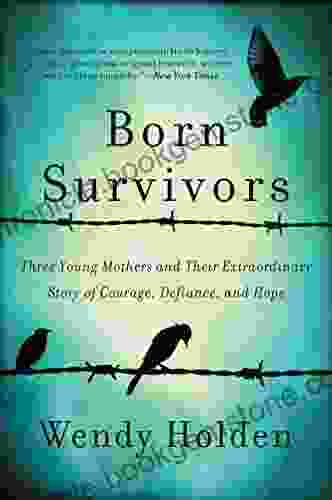In the realm of art, ink and water soluble media have served as cherished tools for centuries, inspiring artists to create enduring masterpieces that captivate and evoke emotions. This detailed article delves into the rich history, diverse techniques, and captivating effects of these mediums, exploring both traditional and contemporary approaches. Immerse yourself in the fascinating world of ink and water soluble media, and discover the boundless possibilities they offer for artistic expression.
Traditional Techniques
1. Calligraphy:
4.8 out of 5
| Language | : | English |
| File size | : | 216687 KB |
| Screen Reader | : | Supported |
| Print length | : | 96 pages |
The art of calligraphy involves the skillful manipulation of ink and brushes to create elegant and expressive written words. This ancient practice, originating in China and Japan, has been celebrated for its aesthetic beauty and ability to convey cultural traditions. Modern calligraphers continue to explore new styles and techniques, infusing their works with personal interpretations and artistic flair.
2. Brush Painting:
Brush painting, a cornerstone of Chinese and Japanese art, employs ink and specialized brushes to produce delicate and evocative artworks. Artists master brush control and ink dilution to create subtle variations in tone and texture, capturing the essence of nature and human emotion with refined strokes. Contemporary brush painters fuse traditional techniques with modern sensibilities, expanding the boundaries of this ancient art form.
3. Ink Wash:
Ink wash painting, popular in both Eastern and Western art, involves applying diluted ink to paper to create ethereal and atmospheric effects. This technique allows artists to explore the interplay of light and shadow, capturing scenes and impressions with a sense of fluidity and spontaneity. Contemporary ink wash artists experiment with unconventional materials and techniques, pushing the boundaries of this versatile medium.
Contemporary Techniques
1. Inkjet Printing:
Inkjet printing, a digital technology, has revolutionized the art world. It allows artists to create high-quality prints of their original works, reproducing colors and details with exceptional accuracy. Inkjet prints offer artists new possibilities for experimentation and mass production, expanding the reach of their art to a wider audience.
2. Watercolor Stenciling:
Watercolor stenciling combines the delicate transparency of watercolor with the precision of stencils. Artists create intricate designs by applying watercolor paint through pre-cut stencils, resulting in sharp and vibrant compositions. This technique allows for the creation of layered and textured artworks with a unique blend of spontaneity and control.
3. Fluid Art:
Fluid art, a contemporary phenomenon, involves pouring and manipulating liquid ink on various surfaces. Artists experiment with colors, mediums, and techniques to create mesmerizing and abstract artworks. Fluid art embraces the unpredictable nature of liquid flow, resulting in dynamic and visually captivating compositions.
Materials and Tools
1. Ink:
The type of ink used significantly impacts the final outcome of an artwork. Traditional inks, such as sumi ink, India ink, and calligraphy ink, offer a range of properties and colors. Contemporary artists also explore unconventional inks, including acrylic inks, metallic inks, and even natural plant dyes.
2. Brushes:
Brushes vary in size, shape, and material, each offering unique characteristics. Traditional brush painting requires specialized brushes made from animal hair, while contemporary artists may opt for synthetic brushes or even unconventional tools like sponges and combs.
3. Paper:
The choice of paper plays a crucial role in ink and water soluble media artworks. Traditional Japanese papers, like washi, are renowned for their strength, absorbency, and delicate texture, while watercolor papers are specifically designed to handle the unique properties of water-based paints.
Ink and water soluble media offer boundless opportunities for artistic expression, spanning traditional and contemporary techniques. From the elegance of calligraphy to the ethereal beauty of ink wash, and the vibrant experimentation of fluid art, these mediums continue to captivate and inspire artists worldwide. Embracing the unique properties and expressive potential of ink and water soluble media, both traditional and contemporary artists leave their indelible mark on the art world, creating masterpieces that resonate with emotions, evoke memories, and transcend time.



